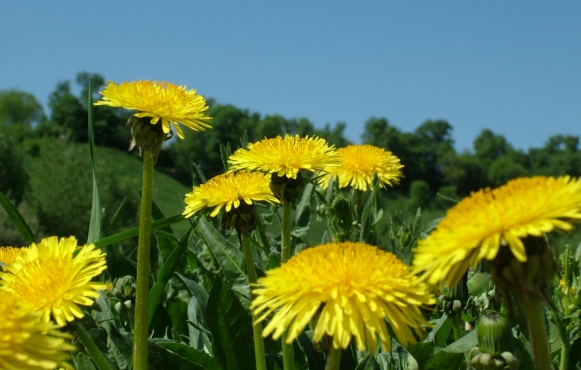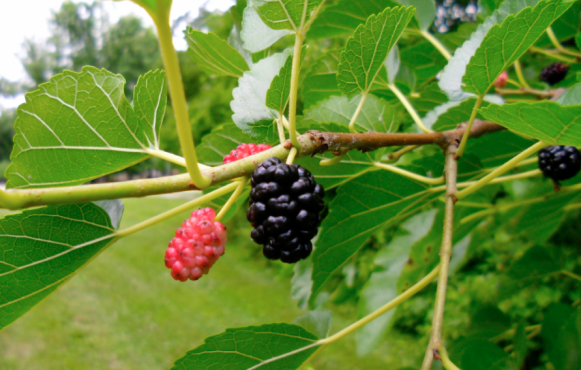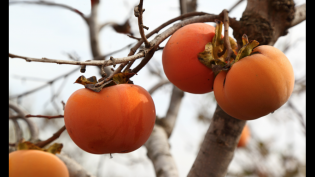Foraging All Seasons

The benefits of foraging are numerous. Foraging creates an appreciation for the environment, it provides access to fresh, vitamin-packed foods, it makes for good exercise, and best of all it’s free! Indiana is unique in that the difference in climate between the northern part of the state and the southern part of the state make for a wide variety of forageable foods.
We live in a world full of edible and nutritious plants, and if you know what to look for and how to use them, the benefits are innumerable. Before you begin foraging, make sure to take necessary precautions and become familiar with the common plants in the area, and especially with those that can be harmful. Carrying around good-quality photographs can also help. Also, a good resource for finding locations to forage in your area is fallingfruit.org. It’s an interactive map that identifies more than a half-million locations across the globe where fruits and veggies are free for the taking.








